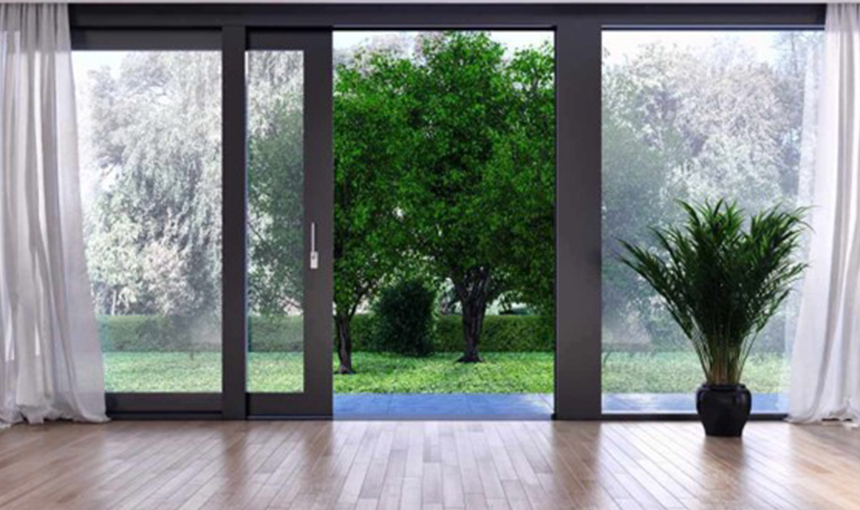The Latest Trends in uPVC Casement Door Designs
Homeowners have been showing a lot of interest in uPVC casement doors recently. These doors are different from regular swinging doors in that they have a single panel that opens outwards like a casement window rather than inwards. This allows for a wide-open doorway when fully opened. Homeowners like that uPVC comes ready for customisation too. You can choose from many colour and finish options to match your home's look. In the section below, we'll discuss the uPVC casement door design trends.
Advantages of uPVC Casement
1. Built to Last - uPVC contains special stabilisers that prevent fading, cracking, warping and other damage from sunlight and weather over time. This material is incredibly durable for a front or back door.
2. Save on Energy Bills - With multi-layered frames and tightly sealed edges, uPVC doors provide superior insulation. This keeps your heated or cooled indoor air from escaping Outside. You'll notice the savings in lower electricity costs.
3. Hassle-Free Maintenance- Unlike wood, uPVC doors don't need frequent repainting, restaining or refinishing to keep looking good. Just occasional cleaning is required.
4. Enhanced Security- When it comes to keeping your home and family safe, uPVC casement doors check all the right boxes. Their reinforced frames and high-tech multipoint locks make them super secure—like having a sturdy deadbolt on every door. Unlike a flimsy wooden door that could split from someone trying to break in, these sturdy uPVC doors will hold strong.
Key uPVC Casement Door Trends
There are several notable trends in modern uPVC casement door design:
Smart Features
Technology makes doors smarter, like glass that auto-tints based on weather or voice-controlled blinds. These features adjust insulation, light, and privacy while adding high-tech convenience. We'll see more of this tech integrated discreetly into the door design
Vibrant Colours
Neutral door colours are falling out of vogue. Homeowners opt for vibrant yellows, cobalt blues, cherry red, and playful pastels like lilac and rose pink instead. Black, white, grey and beige have had their moment—it's time for doors to make a colourful statement.
Energy Efficient
Advanced insulation in materials like uPVC and triple-glazed glass makes doors far more energy efficient. This means smaller electricity bills thanks to less heating and AC leakage. Low-E glass coatings, airtight frames, etc., ensure doors seal tightly without compromising air circulation when open.
Minimalist Look
Clean, narrow frames allow more sunlight to fill interior rooms. Uncluttered lines and subtle hardware make doors virtually disappear into walls for a contemporary, minimalist aesthetic. Slimmer window profiles similarly maximise visible glass areas for an open, spacious effect.
Best Practices for Choosing uPVC Casement Doors
When selecting a new uPVC casement door, keep the following tips in mind:
1. Consider how the doors will be used - high-traffic areas may benefit from heavy-duty hinges and hardware.
2. Determine the direction of opening - inward or outward opening depends on space constraints.
3. Choose reinforced frames with multi-chambered panels if large doors are required.
3. Opt for burglar-resistant design features to enhance security.
4. Make sure the doors conform to important standards like hurricane, wind load, and forced entry ratings.
5. Review the manufacturer's warranty - many uPVC doors have 10 years or more of coverage.
6. Hire professional certified installers to ensure proper integration with the building envelope
7. Be sure to get the performance you pay for by purchasing from reputable brands.
The Bottom Line
With their lasting durability, high energy efficiency, low-maintenance nature, and design flexibility, its clear uPVC casement doors are an investment that will provide many years of reliable performance and enjoyment. Following current trends and best practices helps ensure you select the ideal door to meet your home's needs. Moreover, for installing casement door uPVC, contact AIS Windows.



